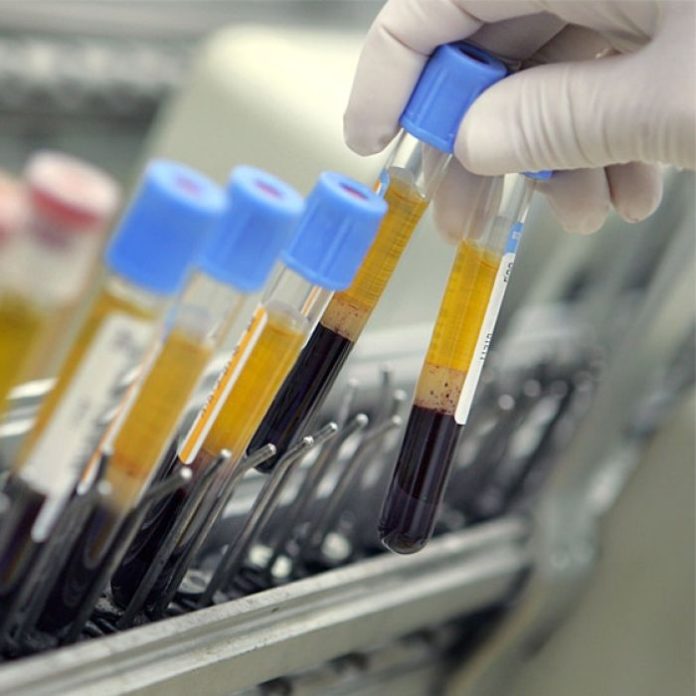
The federal government’s medical research future fund is a welcome initiative because Australia needs to substantially increase its investment in medical science. But in order for the fund to be effective, we need to attract more clinicians into research.
Translating medical science into ways of healing people is a great love story: science and art coming together to improve lives. It’s where major leaps can be made in improving patient care. But it needs nurturing – we need to find ways to encourage more doctors to follow this path.
A survey by the Royal Australasian College of Physicians (RACP) found that only 3% of specialists undertake a higher degree in research, and some 40% of trainees have absolutely no intention of undertaking research at all.
These findings are echoed by the strategic review of health and medical research, known as the McKeon review, released by the previous Labor government in 2013. The review states:
“Research activity among health professionals is in decline. In the past, clinician researchers dominated the health and medical research field, but in the last decade there has been a steady shift.”
The report warns the existing pool of clinical researchers “is reputed to be ageing, with insufficient younger researchers emerging” and that the number of mentors available to train and encourage younger researchers is likewise in decline.
One reason for this is that it takes so long to train specialists. Most complete a three year undergraduate degree, four years of a medical degree, and one or two years’ residency just to become a trainee. They then have three years of basic training and three years of advanced training to go.
And there is a financial penalty for physicians undertaking a full time PhD. Those who go into clinical practice are able to earn at least quadruple the amount paid to PhD candidates.
We need to reduce training time, which is possible to do without diminishing the high standards of performance expected. Research training should not be a postscript. Our university medical faculties, health systems and colleges must collaborate to create an environment that attracts talented minds to become clinician-researchers.
One option is to stream our best and our brightest trainees into academic training programs early in their career development. These programs would integrate and accelerate research and core training. They would ensure outstanding mentorship is provided and include a clear post-training career path.
Another option is to provide more scholarships for research. The RACP Foundation, for example, is offering $3m in grants, scholarships and fellowships in 2015, together with prizes for excellence valued at approximately $120,000.
Then there’s the question of government funding. Australia’s current level of investment in medical research is a mere 75 cents of every $1,000 of the nation’s GDP. That’s less than two-thirds of the OECD average. The government’s proposed medical research future fund would go some way towards closing this gap, but it is critical that the fund is anchored in the recommendations from the McKeon review.
Critically, the medical community needs to be investing right now in nurturing the next generation of clinician researchers and asking whether the current training model funnels our best and brightest towards clinical research.
After all, what good will the Abbott government’s proposed medical research future fund be unless we have excellent clinical researchers to invest in?
Source: The Gaurdian
